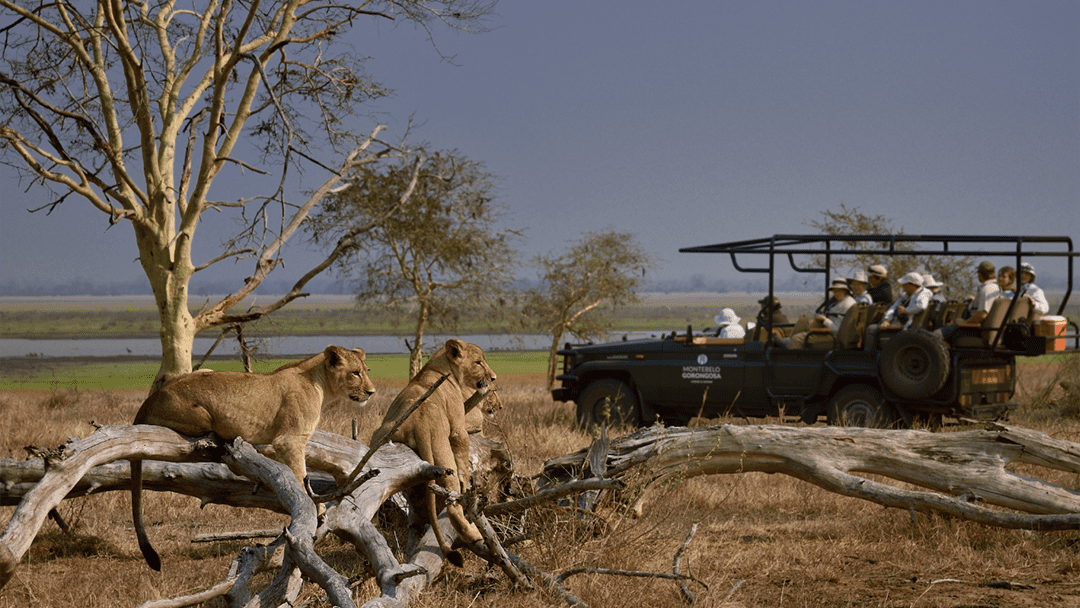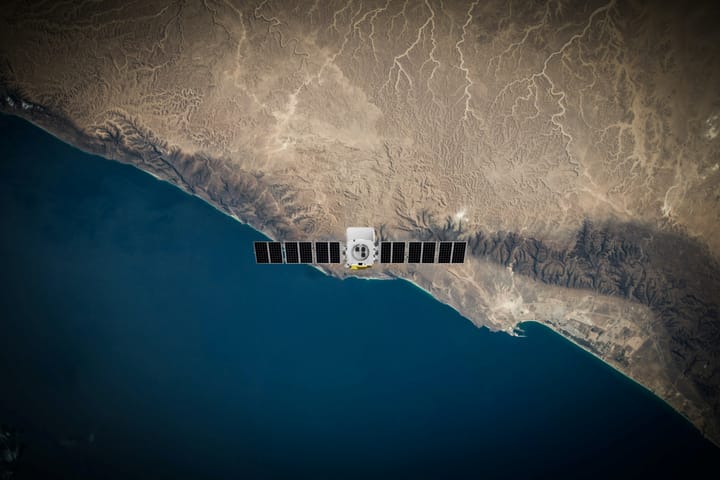How Mozambique’s Gorongosa Park is being restored
The restoration process has been long and complicated, but it's paying off.

A few minutes every morning is all you need.
Stay up to date on the world's Headlines and Human Stories. It's fun, it's factual, it's fluff-free.
At the ongoing COP15 conference, UN Secretary-General António Guterres told attendees: "We are out of harmony with nature. In fact, we are playing an entirely different song. Around the world, for hundreds of years, we have conducted a cacophony of chaos, played with instruments of destruction. Deforestation and desertification are creating wastelands of once-thriving ecosystems."
In Mozambique, this was definitely the case. From the 60s to the 90s, the country experienced 28 years of devastating civil war, which killed about a million people. Apart from that tragedy, the war also led to the killing of 95% of the animals in Gorongosa National Park, which is in the middle of the country within the Great African Rift Valley. Before the war, Gorongosa had been thriving, attracting visitors with animals like lions, elephants and crocodiles. Afterward, it was a wasteland.
But, in 2022, the park is totally impressive once again. The restoration process has been long and complicated, but it's paying off. Back in 2004, a philanthropist named Greg Carr, who'd made his money in voicemail technology, was approached by Mozambique's President Joaquim Chissano. Chissano asked Carr, who was already working with human rights initiatives, for help restoring the national park. So, in 2008, the nonprofit Carr Foundation created the Gorongosa Restoration Project with Mozambique's government.
It's been 14 years since then, and we've seen boosted ranger capacity curb poaching and the reintroduction of certain animals help wildlife populations naturally recover. When it comes to bringing in animals from elsewhere to reintroduce them, Carr explained: "First bring in the herbivores. So, we bring in 200 buffalo. We bring in 200 wildebeest. We bring in some zebra. And then when you got enough herbivores, then you're gonna want the carnivores back. So, we reintroduced leopards. We reintroduced hyenas. The lions, all by themselves, their numbers just took off. So, from five or six lions when we started, we now have probably 200."
Working with local communities, the Gorongosa Restoration project has made the park a model for biodiversity conservation and human development.




Comments ()